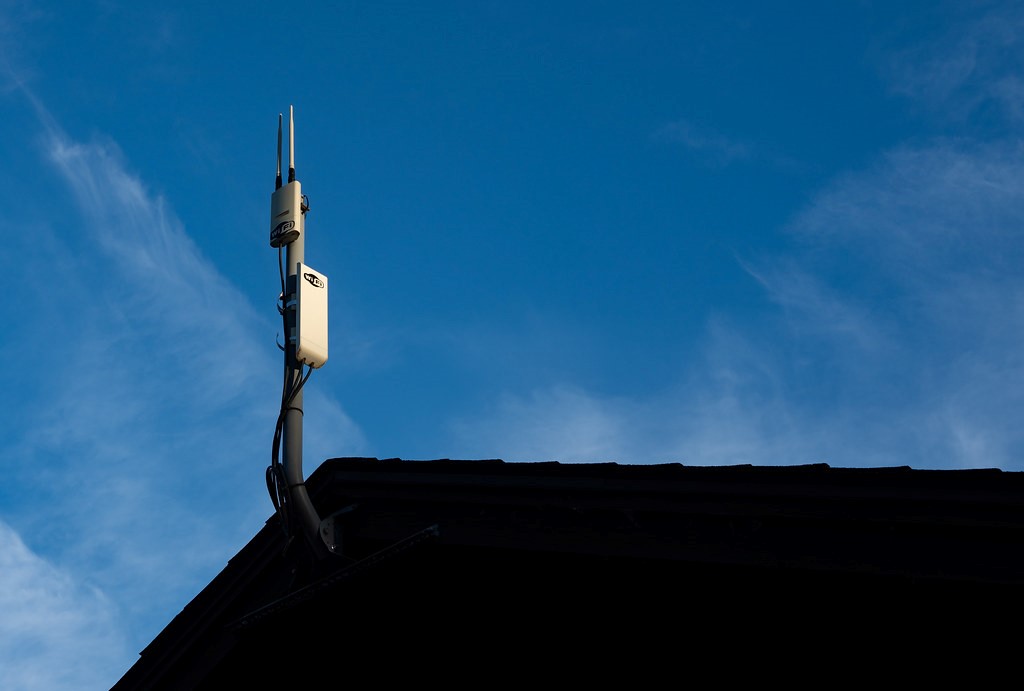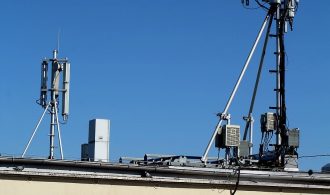Public safety antennas are used for a variety of reasons. They can be employed to boost radio or Wi-Fi signals to allow better reception in emergencies, but they are also frequently used for visibility reasons. Attaching an antenna with a prominent flag is used to make vehicles more conspicuous when they are operating in potentially hazardous situations.

Flexible antennas, or buggy whips as they are known, can be easily fitted to or removed from vehicles using magnetic mounts. In situations like opencast mining or quarrying where large vehicles and excavators are moving around, these antennas can be used to make smaller vehicles more visible so they are not at risk of accidental collisions.
Fly the Flag
To assist with safety in environments with large vehicles in operation, laying out defined traffic paths is a good step so that large plant and general traffic don’t come into conflict. But it also helps to protect smaller vehicles such as cars and vans if they are fitted with a long antenna carrying a flag so that other drivers are aware of their presence.
These flags should be brightly coloured and ideally include reflective material as well so that they are clearly visible in a wide range of light conditions. The antennas should be long enough so that they can be seen well above the roof of the vehicle. It’s also important that the material used is durable, as it’s going to be used in all weathers and will be subject to wear and tear from being moved between vehicles.

Mounting Points
The antenna of course needs to be attached firmly to the vehicle – but not so firmly that it can’t easily be switched to other vehicles if the need arises. If you source buggy whips from a supplier like https://wisuk.co.uk/buggy-whip, they usually come with a sturdy magnetic mount that can be attached to a flat surface such as the bonnet or roof of the vehicle.
If you would prefer to mount on a vertical surface such as a wing or side panel, there’s the option of swivel mountings to add greater versatility to where the antenna can be attached. This also allows their use on bigger vehicles like large vans or trucks where the roof may not be easily accessible for quick mounting.

